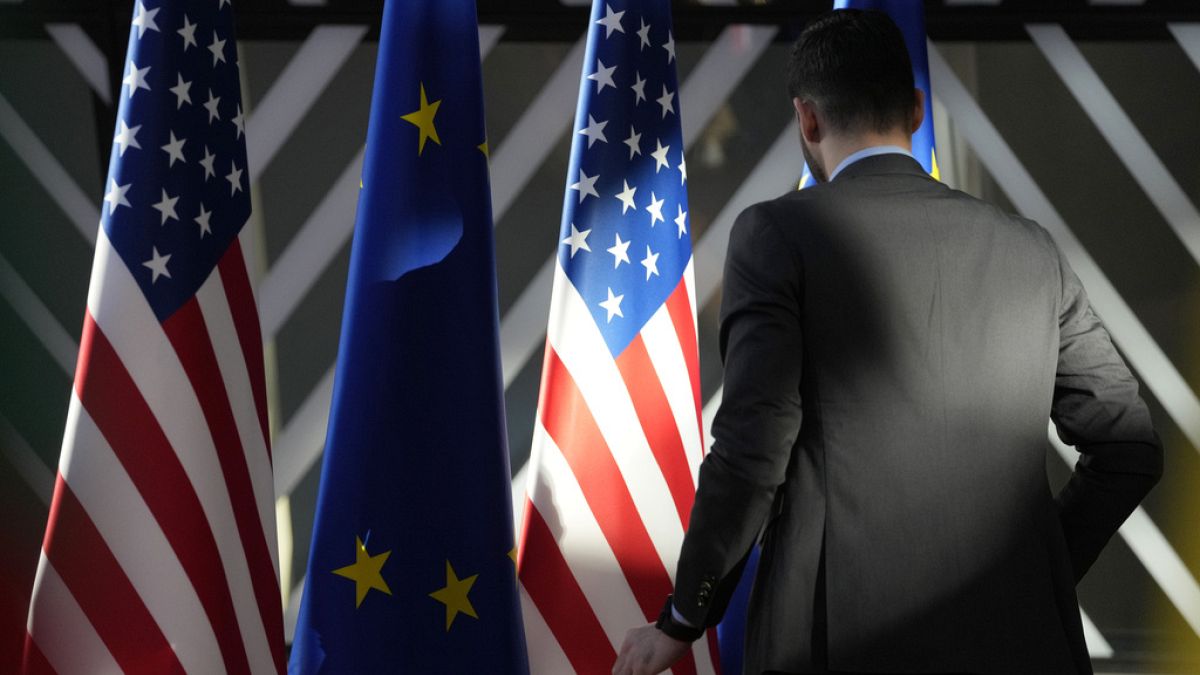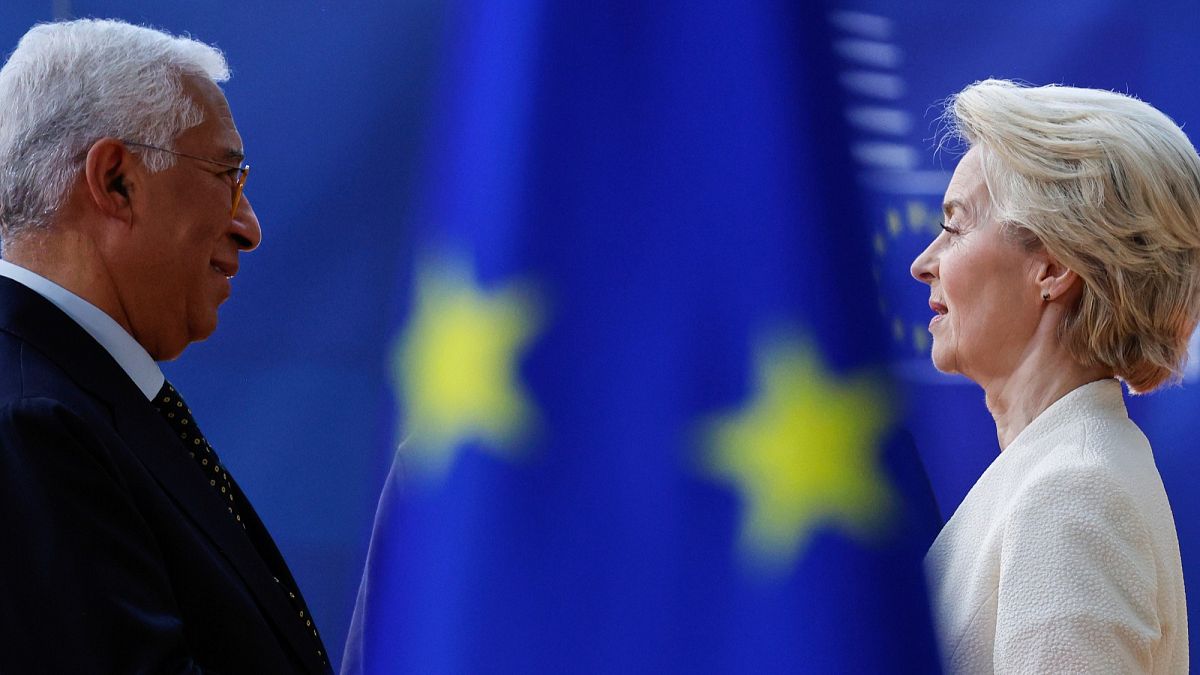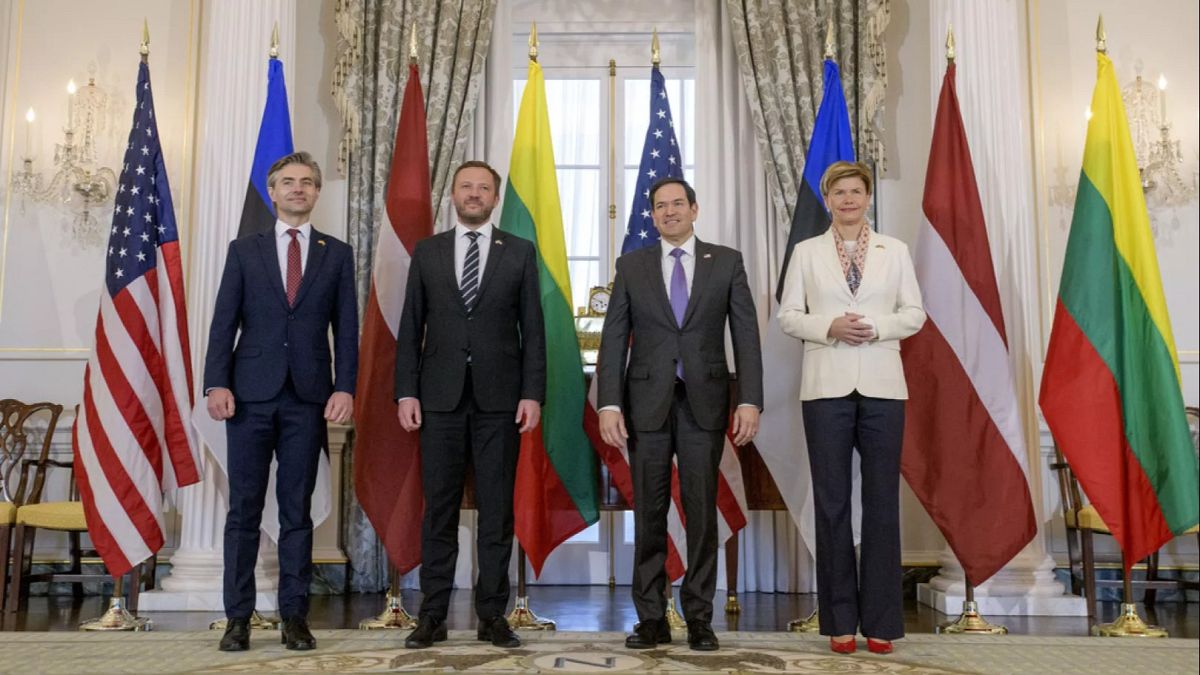18 EU member states have signed a letter of intent to step up cooperation and share the costs of developing common defence systems.
Strengthening European air and missile defence capabilities is now one of the priorities for military cooperation within the EU.
18 EU member states have signed a letter of intent to pool their efforts in this strategic sector.
"We're talking about all capabilities, including anti-missile systems and anti-drone systems. So this is a crucial point because having an advantage in the air defines the war," explains Paweł Ksawery Zalewski, Polish Secretary of State for National Defence.
Air and missile defence systems are what attracted the most interest from European capitals, but the European Defence Agency (EDA) also proposed three other areas: electronic warfare (14 Member States), floating munitions (17 Member States) and European warships (7 Member States).
The European establishment recognises that the bloc lacks air and missile defence capabilities. This weakness is explained by the fact that these are new technologies that have only recently been put to use in the field.
"In fact, what we lack are ready-to-use air defence systems. We have the technology," says Zalewski.
The EDA stresses the strategic interest of the project, but also its industrial advantages, could benefit all member states.
"Integrated missile defence is a very broad set of activities. The capabilities can support many different forces and industrial projects and are therefore highly relevant to the European defence and technology base," explains Stefano Cont, Director of Capability, Armaments and Planning at the EDA.
"These capabilities involve a lot of innovation and new technologies. So it's a big boost for our economy, not just for big industries, but also for small and medium-sized enterprises and research."
Not just about military engagement
The EDA points out that the effort is not just about military engagement. It stresses that it also involves risk monitoring and analysis using satellites, communication technologies and artificial intelligence. It also involves space-based sensors and radar to identify threats as early as possible.
"We absolutely must increase the quantity of our systems. We must increase our capacity to understand where threats are coming from as early as possible," insists Cont.
"Secondly, we must maintain a technological lead that enables us to defeat these systems," he continues, before adding that "we have done a lot".
These projects aim to avoid duplication between member states in the research and development of these resources as well as to share the financial effort.
Significant rise in Europe's military expenditure since the invasion of Ukraine
In its 2024 report, the EDA points out that member states' military expenditure has risen by 30% this year compared with 2021, prior to Russia's invasion of Ukraine. The 27 countries are expected to spend €326bn this year, which represents 1.9% of the EU's GDP.
However, despite this increase in spending, national efforts alone are insufficient in adequately preparing the armed forces of member states for a high-intensity war, the document states.
The EDA is therefore calling for greater cooperation, along the lines of the four action areas, to reduce the fragmentation of the European defence industry.

 4 months ago
41
4 months ago
41






 We deliver critical software at unparalleled value and speed to help your business thrive
We deliver critical software at unparalleled value and speed to help your business thrive






 English (US) ·
English (US) ·